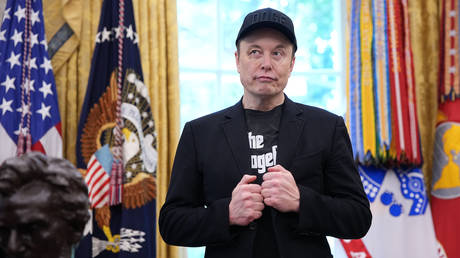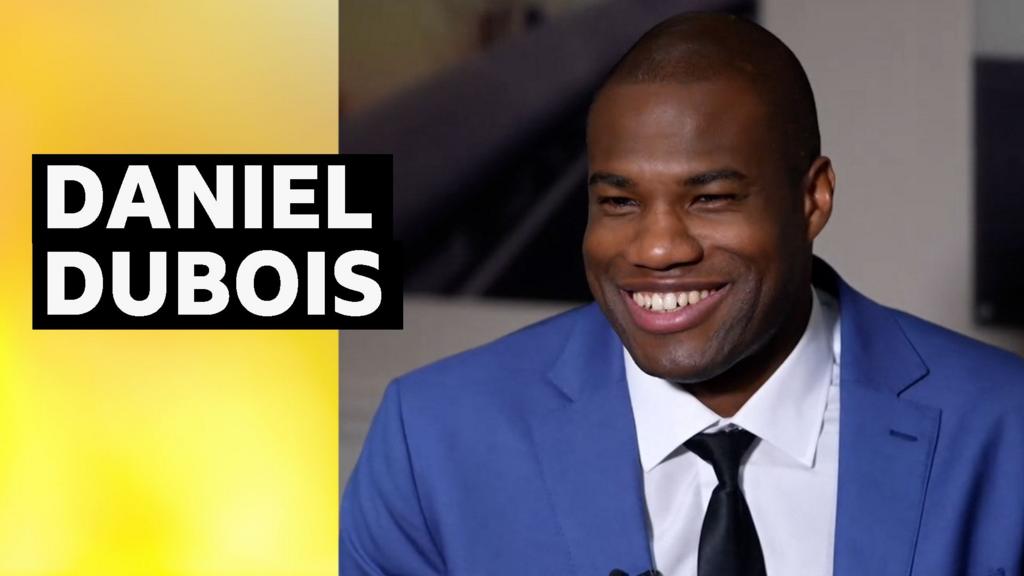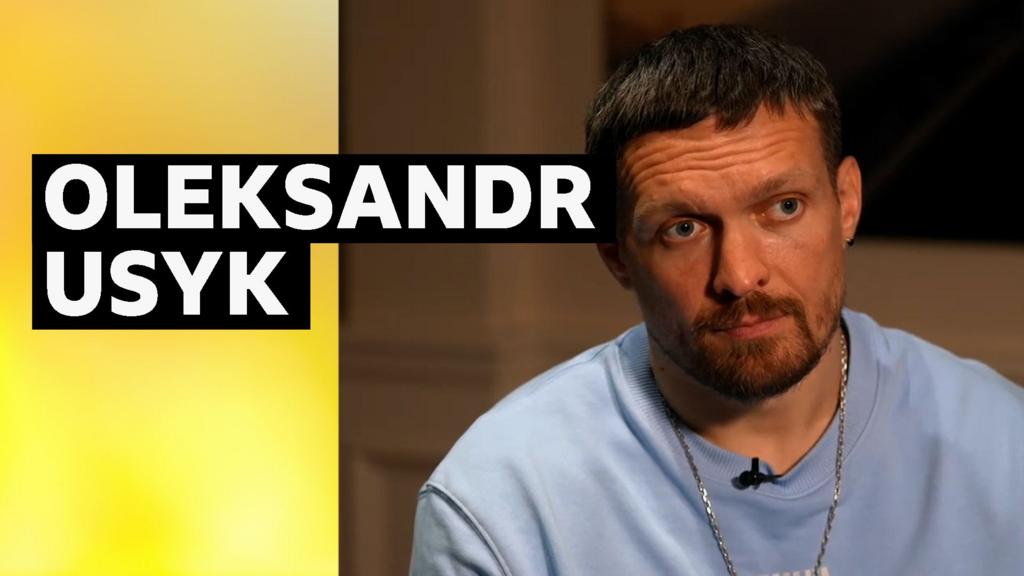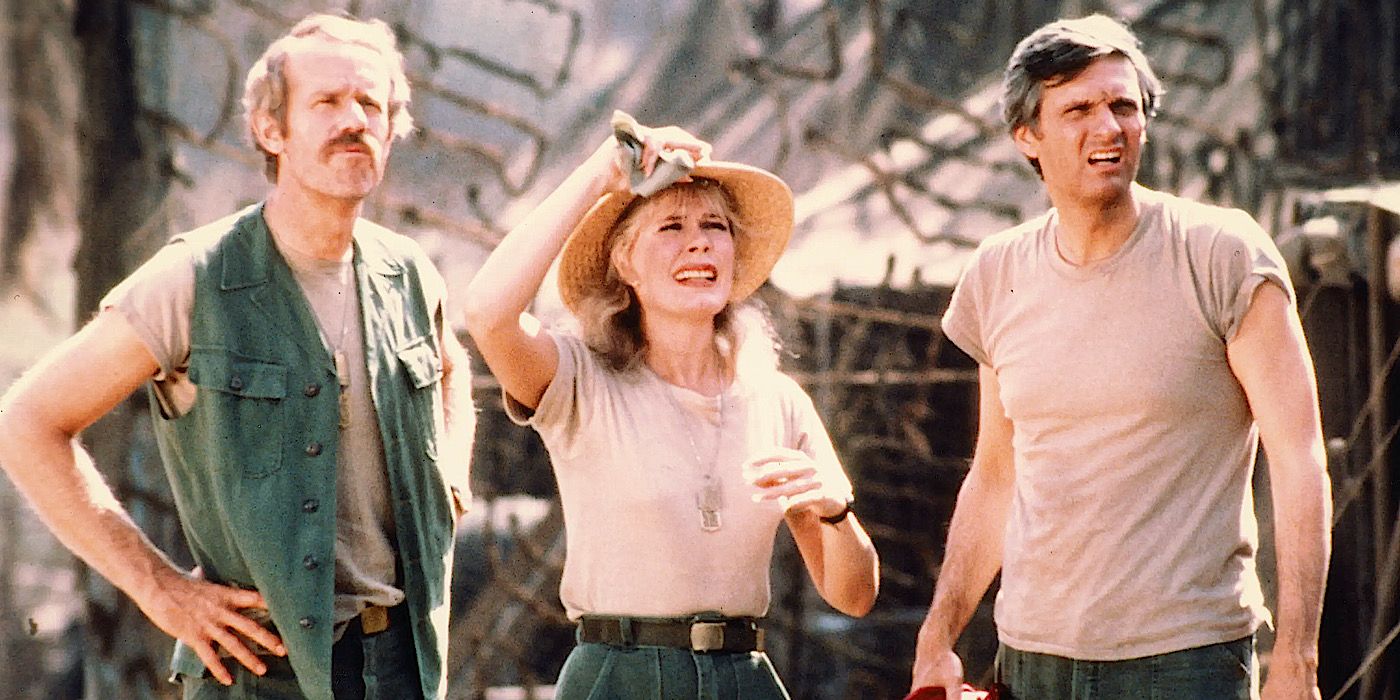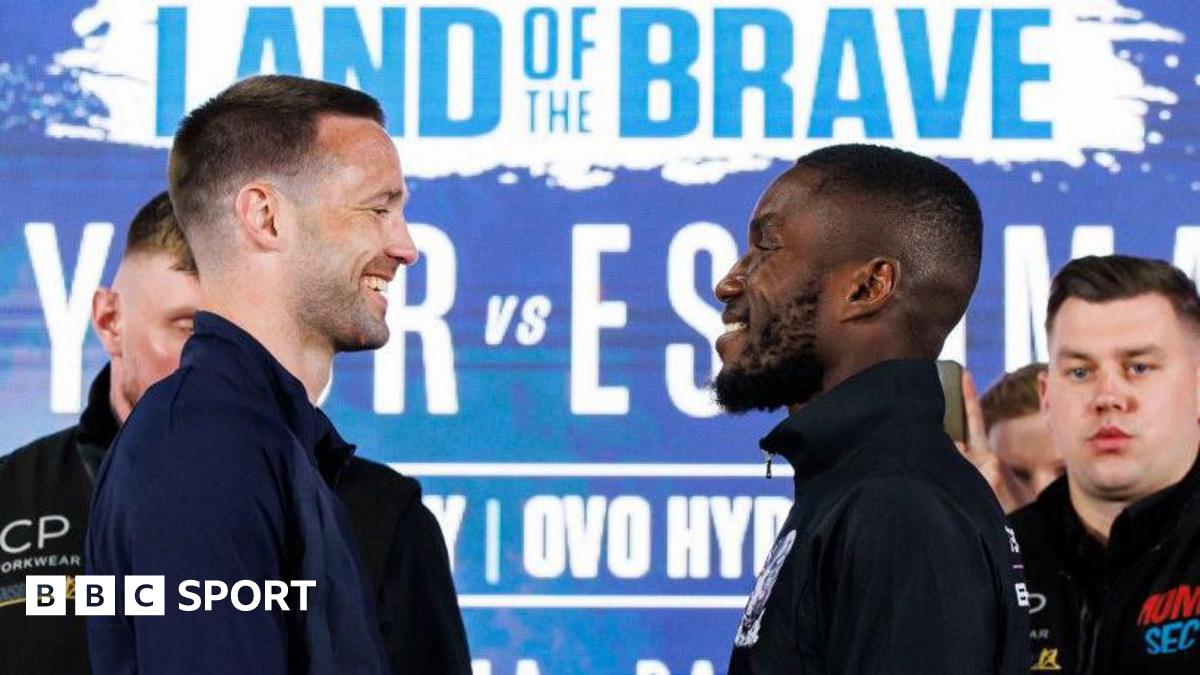This is why your perfect hire often fails

After months of rigorous searching, you’ve found your ideal executive candidate. They tick every box on paper and seem perfect in interviews. But then reality hits: Your “Cinderella candidate” isn’t prepared for the real-world challenges of the role. Now what?
A popular study highlights just how common—and costly—this scenario is. A 2015 research report from Corporate Executive Board found that 50% to 70% of leadership hires fail within 18 months. And that can cost the company one-half to twice the hire’s annual salary, according to a 2019 Gallup report. Given the high levels of remuneration, the financial impact can be even more severe at the executive level.
As someone who has navigated countless executive searches, I’ve seen how easy it is to fall into the trap of searching for a “Cinderella candidate”—someone who appears to match a meticulously defined set of qualifications perfectly. And even if the ideal candidate does exist, they may not be interested in your opportunity or ready for a career move. Compounding these challenges, you have noncompete agreements that further shrink the available talent pool.
Setting the ideal candidate bar high can help, but an overly rigid vision often results in a long, drawn-out search with diminishing returns. When we accept that perfection on paper rarely translates into perfection in practice, we create opportunities to find strong candidates who bring real, tangible strengths to the table, even if they don’t check every box.
To find the right hire and mitigate leadership turnover, we must rethink how we define, evaluate, and select leadership candidates. The following insights will help broaden your approach:
1. The right leader is a catalyst, not a title
Rather than locking into overly specific C-suite qualifications, consider the characteristics of transformational leaders that your team genuinely needs. While technical skills matter, you should emphasize broader competencies like adaptability, decision-making in ambiguity, and the ability to motivate diverse teams. These qualities often predict long-term success better than niche expertise. Consider leaders with transferable skills. They can bring fresh insights and a broader understanding of how to drive success in evolving environments.
To implement this shift in your recruitment strategy, broaden your search criteria. Identify three competencies that you need to navigate the company’s evolving needs, and build the ideal candidate profile around them. Instead of seeking candidates with narrow expertise, look for ones who have thrived in roles requiring agility, like leading R&D initiatives or driving organizational change amid disruption. This approach allows you to attract versatile leaders who are ready to innovate and guide your organization through periods of uncertainty and change.
2. Culture isn’t one size fits all
To achieve a balance in hiring for cultural fit versus hiring for skills, employ structured assessments that translate “fit” into measurable attributes. Tools like DISC profiles or situational interviews provide concrete data on qualities such as empathy, resilience, and adaptability, allowing hiring teams to evaluate whether candidates align with company culture in objective terms. This avoids the common pitfalls of hiring based on intuition alone and helps avoid overreliance on subjective notions of the perfect candidate.
For senior leadership roles like COOs, scenario-based interviews should focus on how candidates have successfully navigated complex challenges related to people, processes, and change management. Ask how they’ve implemented large-scale organizational changes or optimized operations to drive efficiency. These structured assessments reveal a candidate’s approach to strategic problem-solving and their leadership style. In turn, this ensures they can align with the company’s vision and foster a high-performing culture.
3. Cross-functional input is key
When creating an ideal candidate profile for a role that requires strong cross-departmental collaboration, include perspectives from various departments in the hiring process, such as finance, HR, operations, and product development. By aligning on core characteristics of leaders who inspire and unify, hiring managers gain a comprehensive view of each candidate’s potential impact across teams.
For instance, used vehicle retailer CarMax involves leaders from product management, engineering, and customer experience to evaluate candidates for roles within its technology and innovation teams. Each team member provides insights into collaborative skills that they need for meeting customer needs and delivering fast solutions across functions. Utilizing these teams in the hiring process helps ensure that selected leaders can build relationships, bridge departmental divides, and facilitate cohesive, organization-wide success.
4. The perfect candidate is a myth
The perfect candidate is a myth that often leads hiring managers to overlook leaders with qualities like resilience and learning agility. In executive hiring, finding the right cultural fit often outweighs industry expertise alone. Sure, technical knowledge is essential, and you can use that for a candidate in the room. But ultimately, you should make sure that the candidate aligns with the company’s values, vision, and culture.
Leaders who seamlessly align with the company’s culture tend to engage teams more effectively, navigate challenges agilely, and drive change in ways that feel authentic to the organization.
A high-performing C-suite hinges less on “perfect matches” than on leaders who can innovate within an evolving landscape. Hiring for sustainable success requires shifting from rigid, idealized profiles to assessing candidates for resilience, adaptability, and alignment with the core values of the organization.
What's Your Reaction?
 Like
0
Like
0
 Dislike
0
Dislike
0
 Love
0
Love
0
 Funny
0
Funny
0
 Angry
0
Angry
0
 Sad
0
Sad
0
 Wow
0
Wow
0






